

Many beginners are confused about the differences between Arduino, ARM, Raspberry Pi, and microcontrollers. All four belong to the field of embedded technology, which encompasses a vast body of technical knowledge.
In fact, comparing these four is a mistake in itself. Today, I will explain these four technical terms!
Microcontrollers come in many different brands and models, and Arduino is one type of microcontroller. It is a convenient, flexible, and easy-to-use open-source electronic prototyping platform that includes hardware (various models of Arduino boards) and software (Arduino IDE).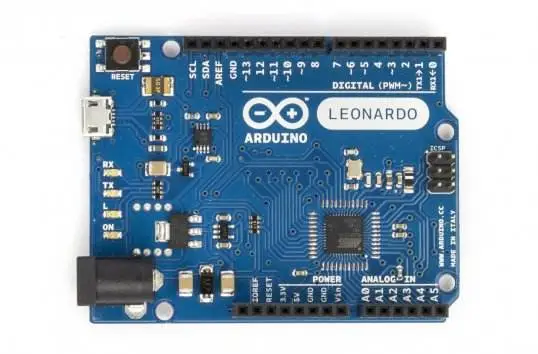
In simple terms:
Arduino is a development tool and method, not a chip or a circuit board.It supports the development of many types of processor chips, with many libraries included, and its software and hardware development is very much like building blocks, making application development simple, convenient, and quick.
The Arduino SDK has many ready-made library functions for controlling the hardware layer. This means that even those without a solid microcontroller foundation can use Arduino to create what they want.
Developers can easily use the functions of the AVR chip by calling library functions, and implement different hardware controls through various programs, such as controlling lights, relays, motors, buzzers, etc. This is much easier than microcontroller development, which often requires referring to the chip’s datasheet to configure registers to utilize chip functions.
Although using Arduino to develop electronic products is incredibly efficient, actual products rarely use it due to specific requirements in cost, size, performance, and power consumption.
Arduino is generally used to help you learn and improve your C language skills. Through this platform, you can quickly understand how C language controls hardware. Therefore, if you are pursuing a software direction in Linux, starting with Arduino is quite suitable.
ARM is actually a British company (Advanced RISC Machines), and ARM is also a type of chip core technology.ARM series processors are 32-bit or 64-bit reduced instruction set processors,which are chips, not software, and are very popular.
Microcontrollers generally have cores, such as the 51 core, which was designed by Intel and is mainly targeted at simpler electronic products for control and computation.
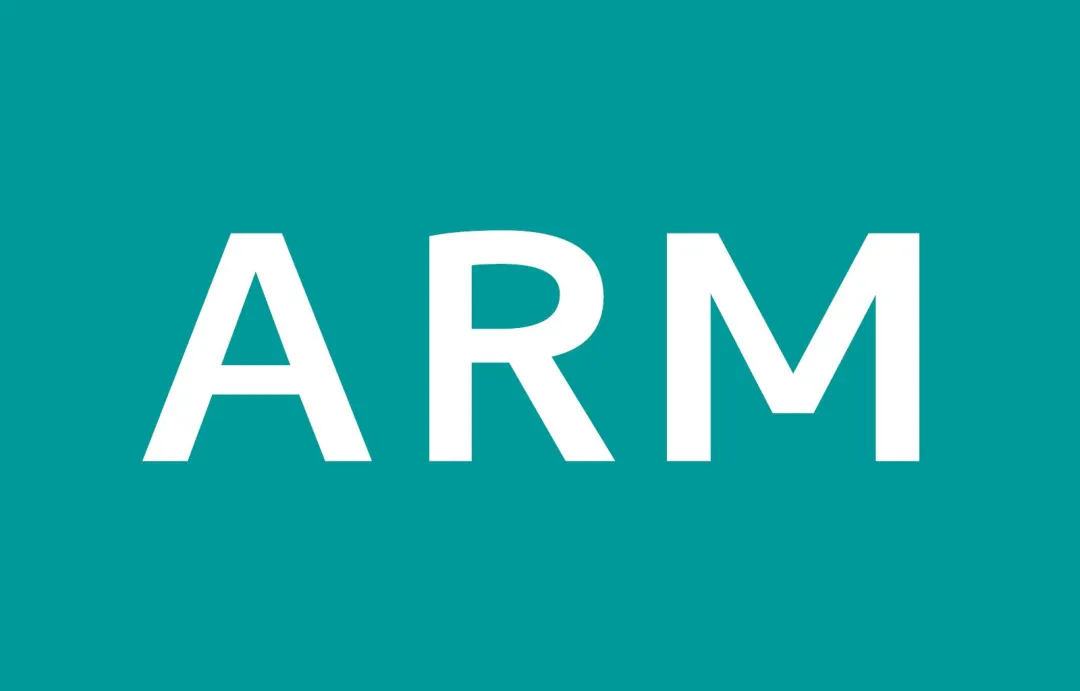
There are also ARM cores, which are primarily aimed at more complex electronic products for computation and control.
The AVR microcontroller used in Arduino is positioned between these two, more powerful than the 51 core but less powerful than the ARM core.
A pure core cannot be directly applied in products; secondary development is required. Therefore, ARM generally sells this core technology to semiconductor companies for secondary design.
Many companies, such as Samsung and Apple, purchase ARM licenses to develop their unique microcontrollers (MCUs) and central processing units (CPUs).
The Raspberry Pi was developed by the Raspberry Pi Foundation, a charity registered in the UK, with Eben Upton as the project leader. In March 2012, Eben Upton officially launched the world’s smallest desktop computer, also known as a card-sized computer, which is only the size of a credit card but possesses all the basic functions of a computer. This is the Raspberry Pi board.
Raspberry Pi is somewhat similar to Arduino; it is not a specific chip, but an integrated circuit board.
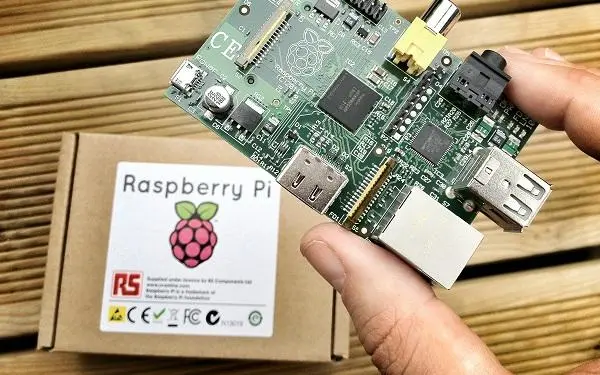
This means that most of the components from your computer case have been integrated into a single circuit board, functioning as a mini-computer when connected to a monitor, mouse, and keyboard, making it not much different from your computer, except for the operating system, which is based on Linux.
The performance of the Raspberry Pi is significantly stronger than that of Arduino, as it uses an ARM core processor and can function like a mini-computer when connected to a mouse and keyboard.
However, while computers generally use Windows systems, Raspberry Pi mostly uses Linux.
Many who want to learn Linux or pursue a software direction in embedded systems use the Raspberry Pi platform for learning.
A microcontroller (Microcontrollers) is an integrated circuit chip that uses very large scale integration technology to integrate a central processing unit (CPU) with data processing capabilities, random-access memory (RAM), read-only memory (ROM), various I/O ports, interrupt systems, timers/counters, and possibly other circuits (such as display driver circuits, pulse width modulation circuits, analog multiplexers, A/D converters, etc.) into a single silicon chip, forming a small and complete microcomputer system widely used in industrial control. Since the 1980s, microcontrollers have evolved from 4-bit and 8-bit versions to today’s high-speed microcontrollers operating at 300M.
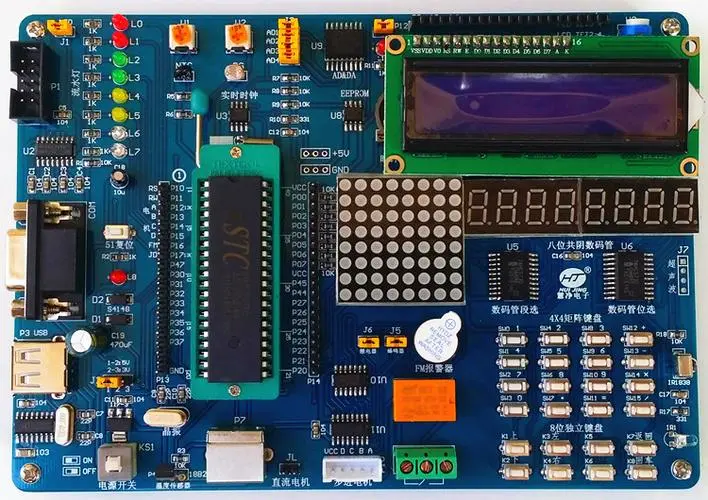
Microcontrollers require secondary development of both circuits and programs to achieve a complete electronic product functionality.Positions in this field include:Microcontroller Engineer, STM32 Engineer, Embedded Engineer.
The knowledge system for learning is also broader. Overall, there are three foundational areas: basic circuits, C language, and microcontrollers (51, STM32).

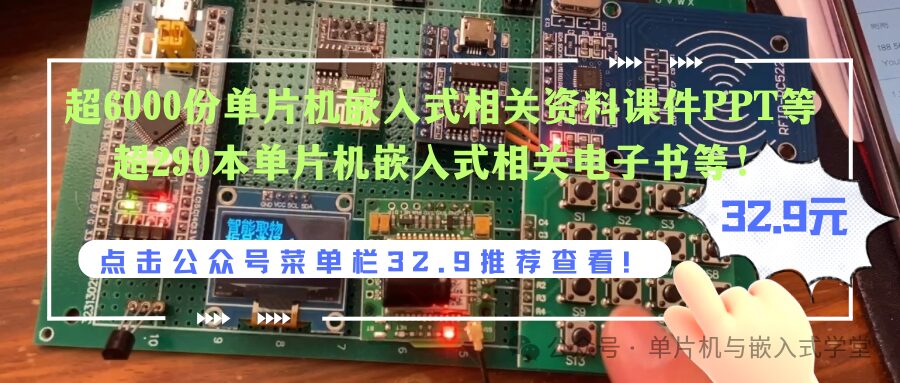
Some Screenshots of Electronic Books

